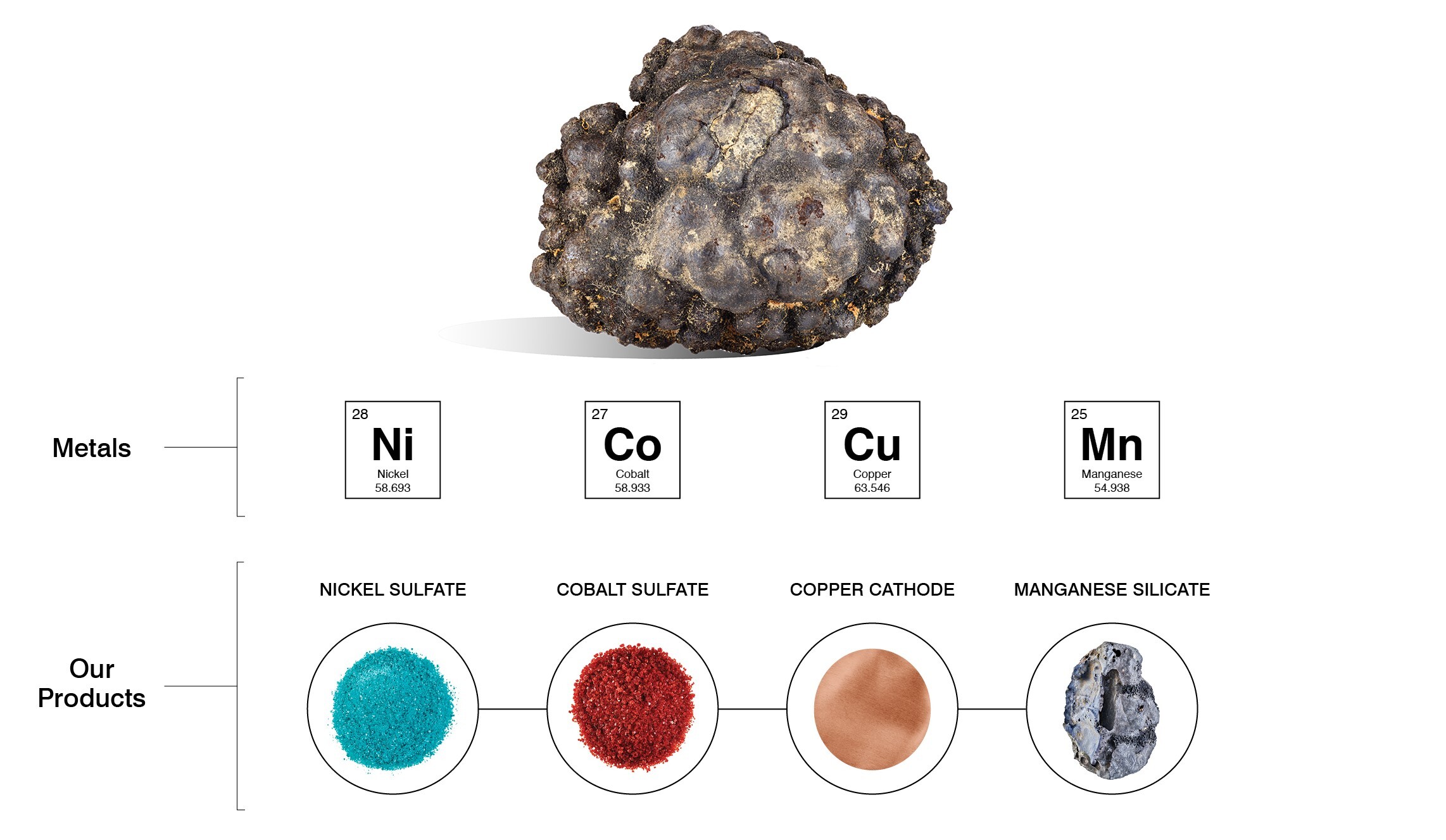Our Vision
“We envision a carefully managed metal commons that will be used, recovered, and reused again and again – for millennia.”
Imagine if, a hundred years from now, our great-grandchildren could use the exact same metal atoms inside our phones, cars and homes. These metal atoms could continue to serve humankind through countless cycles of technological ingenuity. No more metal lost to landfills. No more damage to the planet and the people on it. A society built with a metal metabolism, similar to how many biological systems have evolved over time.
Our Challenge
Getting there is not a straight path because today we do not have sufficient metal stocks to meet our growing needs (for more information, see pages “Metal-Intensive Future” and “Availability”). We face the challenge of building up a metal commons in a way that has the lowest possible adverse impact on people and the planet.
The fight against climate change—or, present-day climate crisis for many Pacific Island nations—requires an accelerated transition to renewables and electric transportation. Such a transition comes with an exponential growth in demand for the critical metals that these technologies require. It will take decades to get to a place where humanity has enough metal stock in circulation to meet its needs without having to take significantly more metal from the planet.
We see two trends that we expect to continue to drive growth in metal demand:
- The world has embarked on a massive, multi-generational project to decarbonize global energy and transportation.
- At the same time, the world’s population continues to grow (the United Nations has predicted that it will grow by 2 billion net by 20501), urbanize, and develop.
Given these developments, it is likely that in the next 30 years we will have to mine more nickel, cobalt and copper than we have mined in all of human history2. Remaining land-based metal reserves reside in locations with multi-dimensional challenges. For instance, Indonesia, the world’s largest nickel producer and reserve holder, and the Democratic Republic of the Congo (DRC), the world’s largest cobalt producer and reserve holder, have significant human populations (over 278 million and 104 million, respectively3) and possess large carbon sinks, high biomass, and mega-biodiversity—all of which are impacted by metal production.
- United Nations Department of Economic and Social Affairs, “World Population Prospects 2022: Summary of Results”, 2022
- IEA, “The Role of Critical Minerals in Clean Energy Transitions”, May 2021
- Worldometer, “Indonesia Population” and “DR Congo Population“, Updated on July 16, 2023 with the latest July 2023-July 2024 estimates from the United Nations, Department of Economic and Social Affairs, Population Division
Our Plan
We have a three-step plan. First, we focus on addressing the immediate challenge: How do we produce more metal required for the global energy transition and development with the lowest possible cost to people and the planet? If extracted responsibly, we believe polymetallic nodules found on the deep seafloor in the Clarion-Clipperton Zone (CCZ) could be a good complementary answer for energy transition and development metals like nickel, copper, cobalt, and manganese.

Key Battery Metals Contained in Nodules

Second, every new ton of metal we extract from deep seafloor nodules and add into the system today is a ton of metal that can be recovered and recycled in the future. We plan to track, recover and recycle the metals that we have added into circulation to help build up recyclable metal stocks to reduce future demand for mined metals. In a few decades, we expect to exit metal extraction from seafloor resources altogether as we expect most of global demand will be met with recycled metals. Finally, with metal recycling as our key focus, we will expand our scope to recover a broader set of metals.
